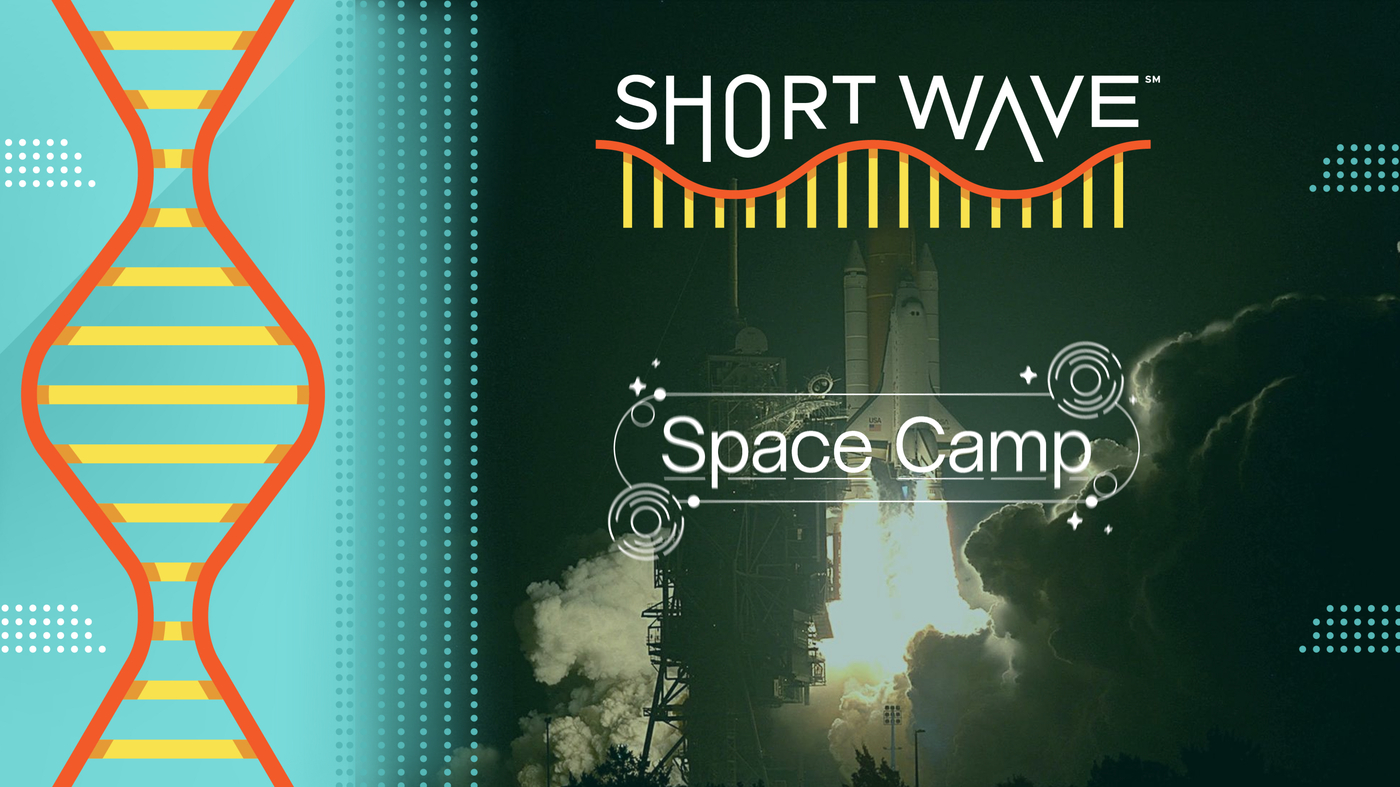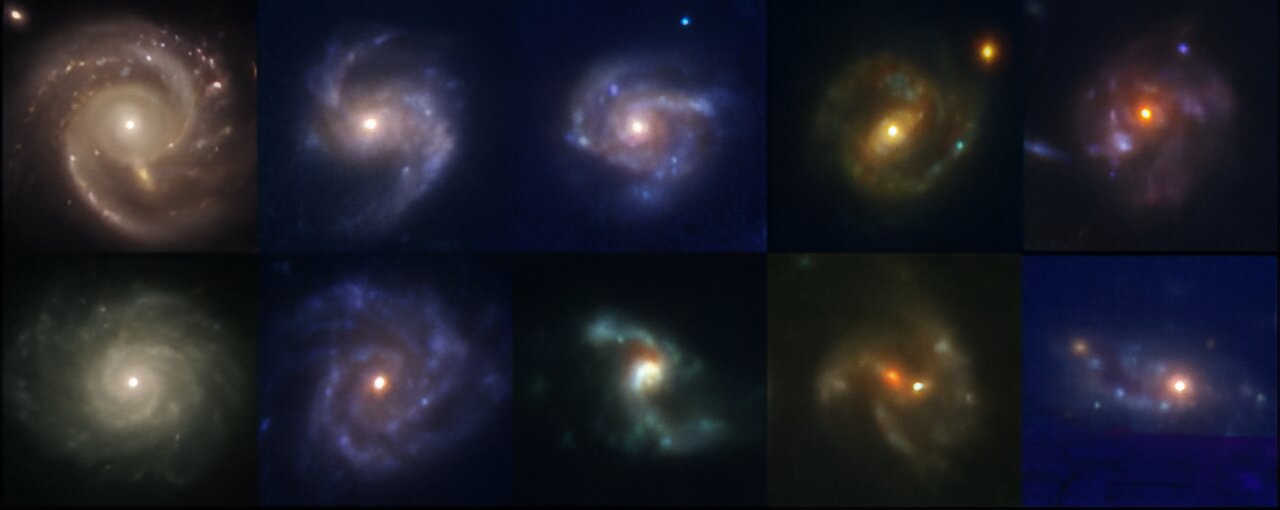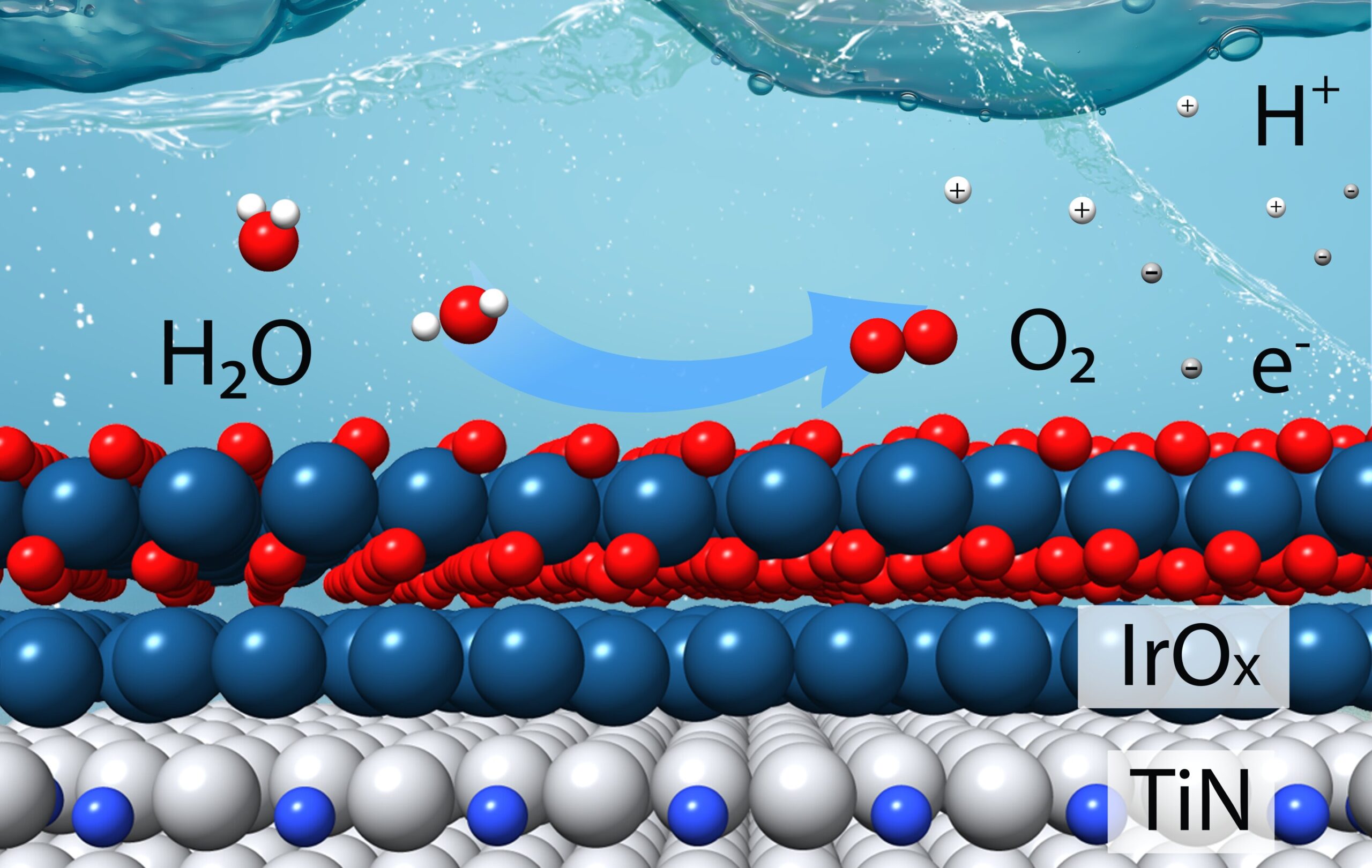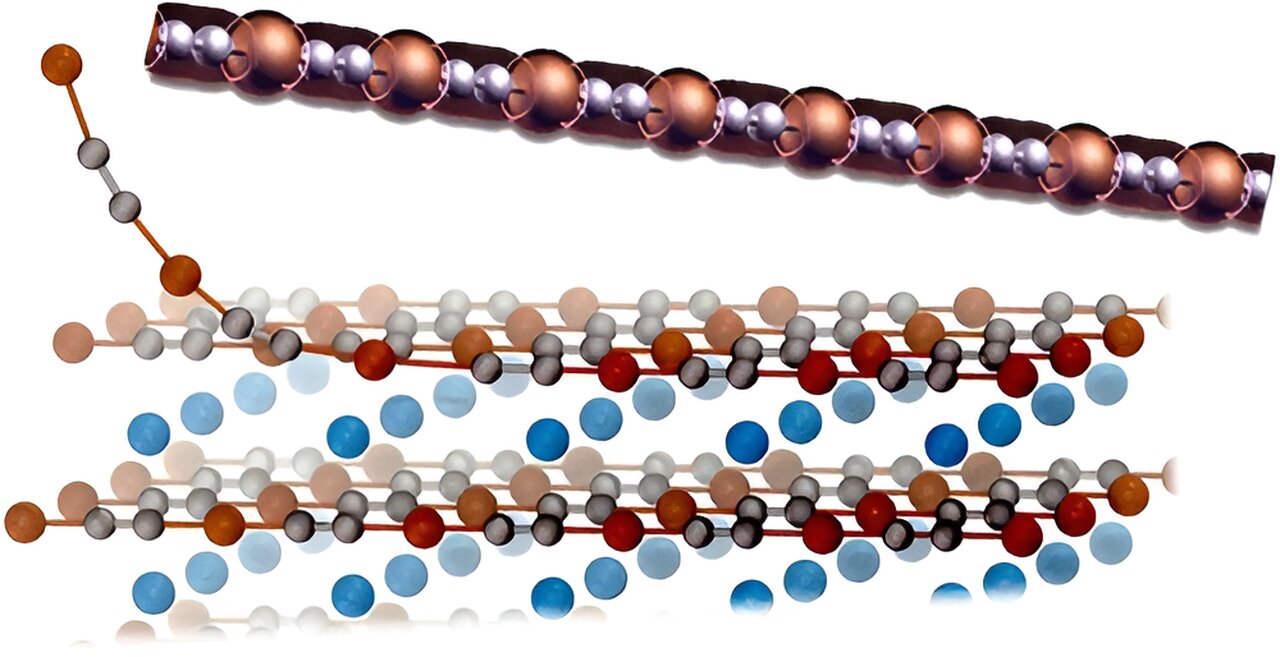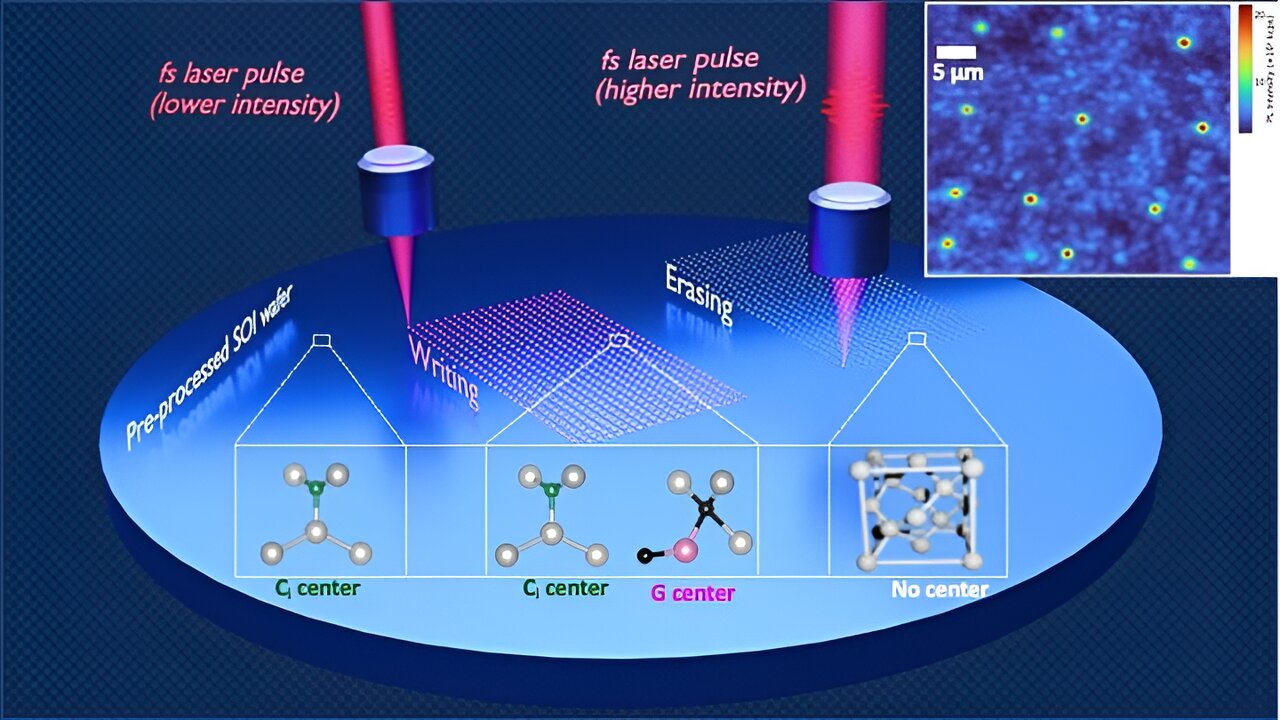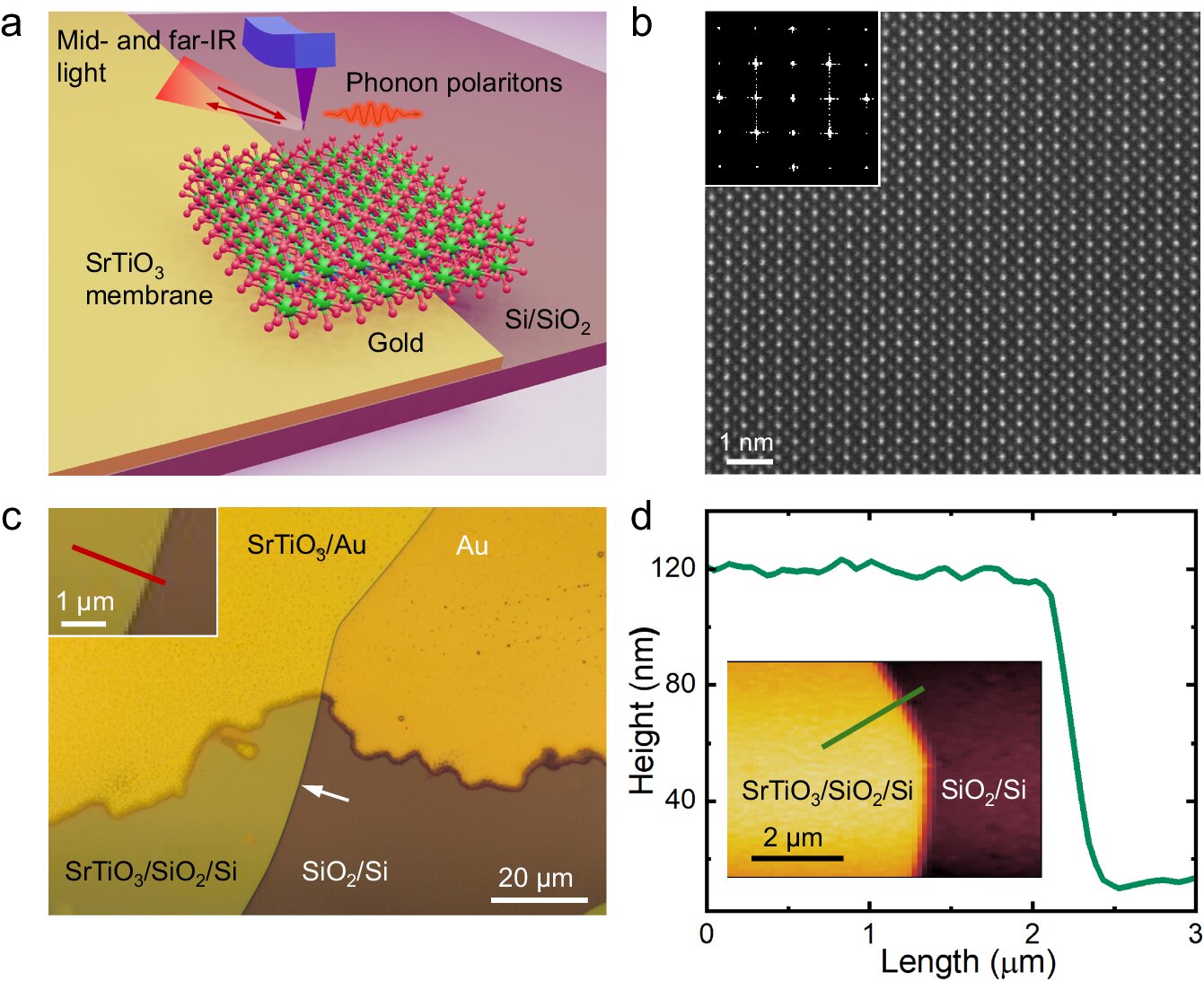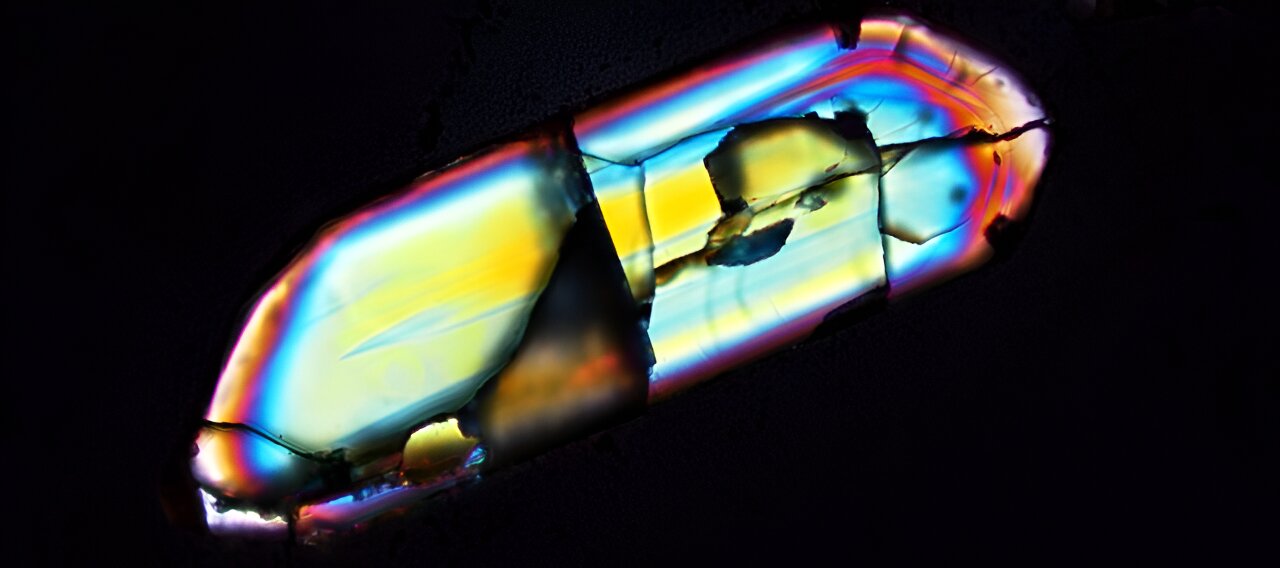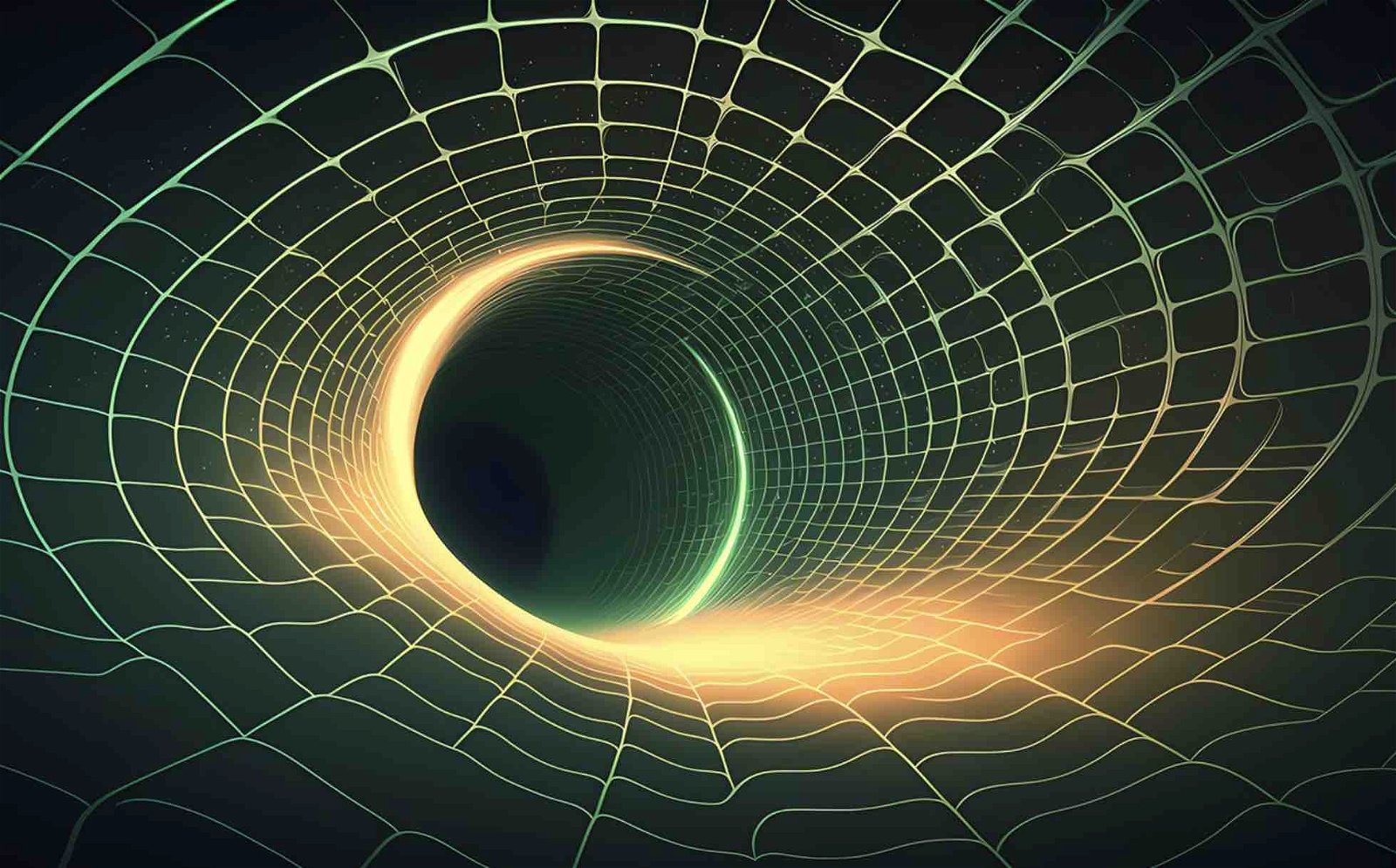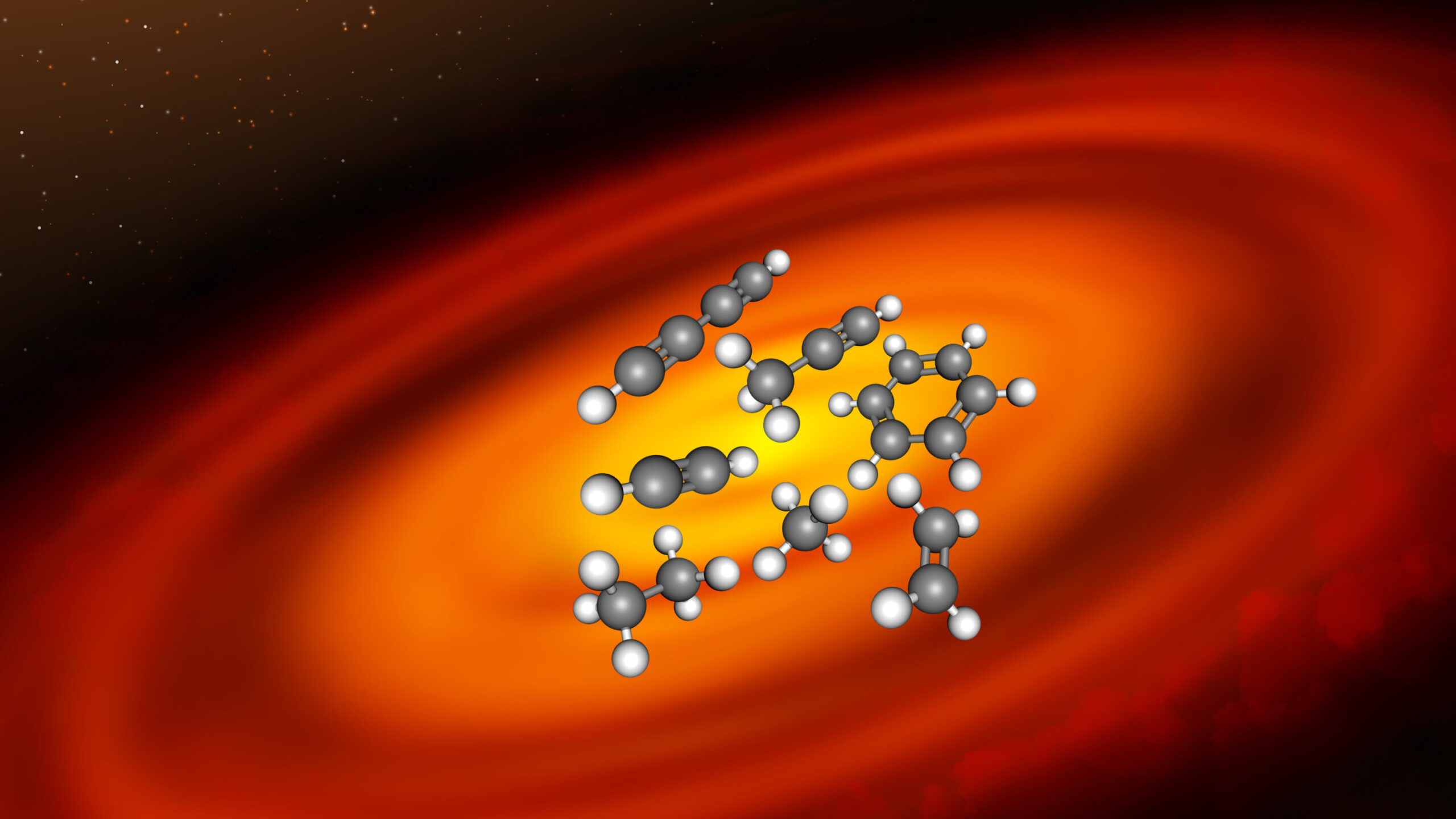From the physics of g-force to weightlessness: what it feels like to fly into space
Astronaut Wendy B. Lawrence was aboard the Space Shuttle Endeavor for the STS-67/ASTRO-2 mission when it launched on March 2, 1995. NASA hide caption change caption NASA Astronaut Wendy B. Lawrence was aboard the Space Shuttle Endeavor for the STS-67/ASTRO-2 mission when it launched on March 2, 1995. NASA What does it take to go … Read more
